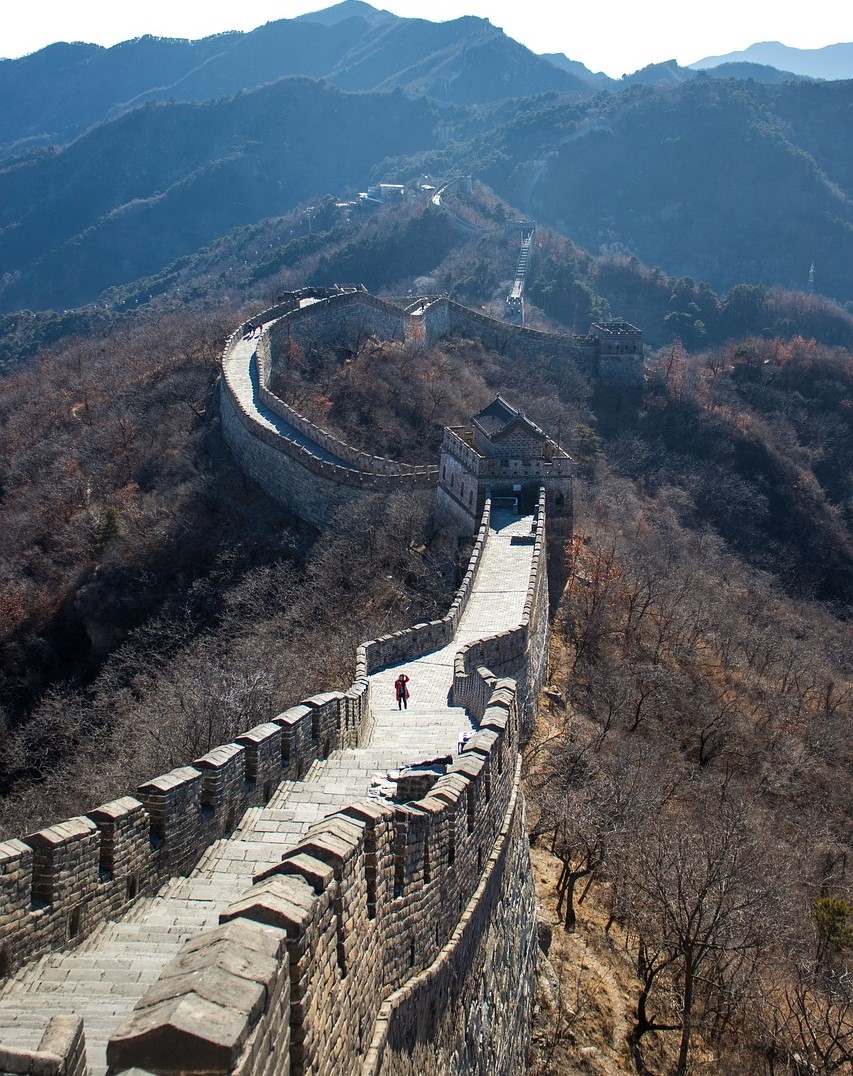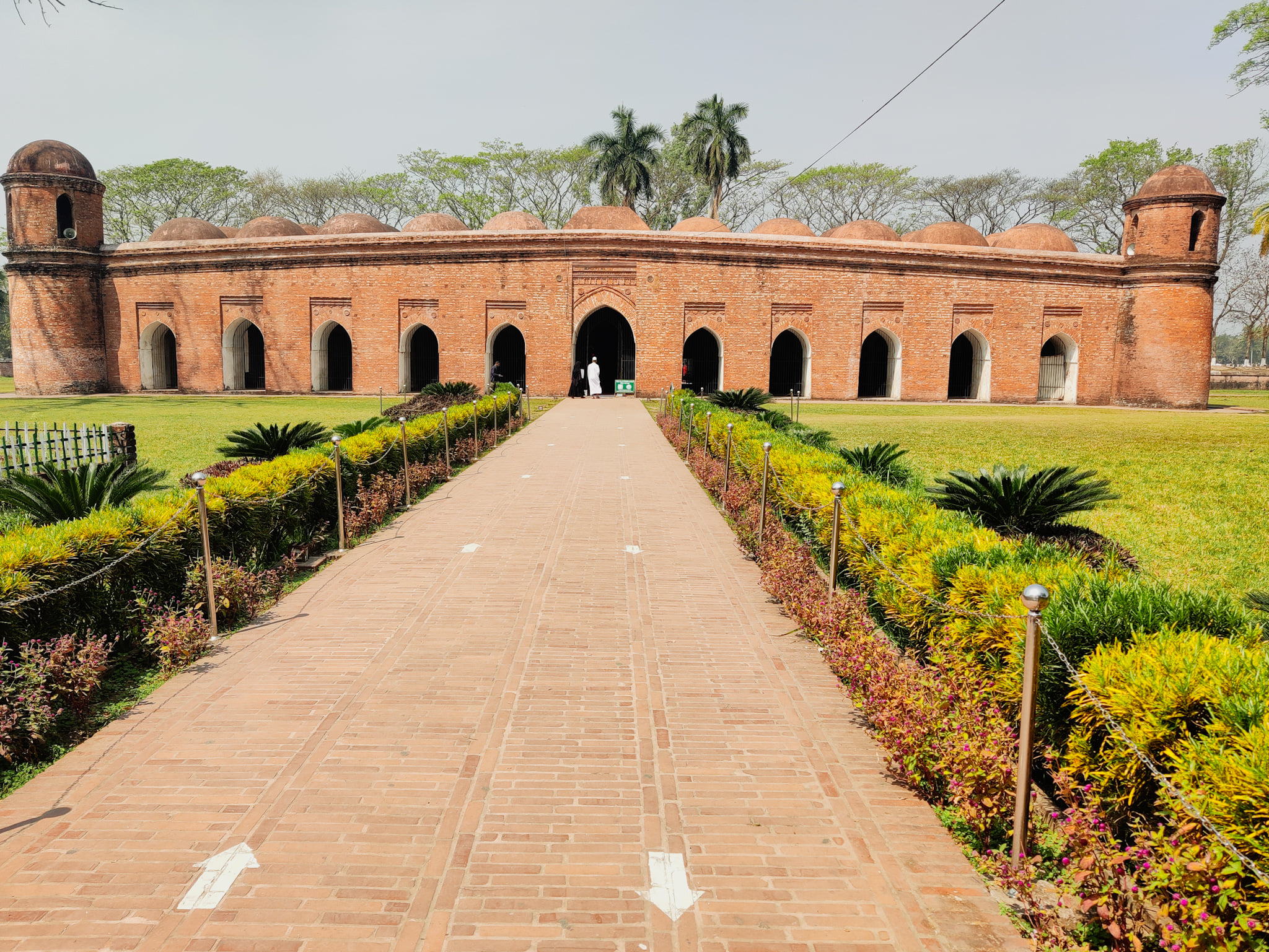The Great Pyramid of Giza stands as a testament to the ingenuity and architectural prowess of ancient civilizations. Serving as the tomb of Pharaoh Khufu, who reigned during the Fourth Dynasty of the Old Kingdom, this monumental structure was built in the early 26th century BC over a span of approximately 27 years.
As the oldest of the Seven Wonders of the Ancient World, the Great Pyramid has endured the test of time, remaining largely intact despite the passage of millennia. Situated at the northern end of the Giza pyramid complex, it is a focal point of the UNESCO World Heritage Site “Memphis and its Necropolis.”
Originally towering at 146.6 meters (481 feet), the Great Pyramid held the title of the world’s tallest human-made structure for over 3,800 years. While the smooth white limestone casing that once adorned its exterior has largely been removed, the core structure remains, standing at a height of 138.5 meters (454.4 ft). Its base, measuring approximately 230.3 meters (755.6 ft) square, encompasses a volume of roughly 2.6 million cubic meters (92 million cubic feet).
Constructed from an estimated 2.3 million large blocks, totaling 6 million tonnes in weight, the Great Pyramid is a marvel of engineering. While most of the stones used in its construction are not uniform in size or shape, they were expertly assembled using mortar. The primary material, local limestone from the Giza Plateau, was supplemented by imported white limestone from Tura for the casing and granite blocks from Aswan, some weighing up to 80 tonnes, for key structural elements.
Within the Great Pyramid are three known chambers: the unfinished lowest chamber, cut into the bedrock; the Queen’s Chamber; and the King’s Chamber, containing a granite sarcophagus. Hemiunu, Khufu’s vizier, is believed by some to be the architect of this monumental structure, although various scientific and alternative hypotheses continue to explore its exact construction techniques.
The funerary complex surrounding the pyramid includes two mortuary temples connected by a causeway, tombs for Khufu’s immediate family and court, smaller pyramids for his wives, a satellite pyramid, and buried solar barges. Evidence of previous settlement in the area, dating back to the Fourth Millennium BC, has been discovered near the pyramid.
Attribution to Khufu has been established through historical accounts and archaeological findings. Hieroglyphs found within the pyramid’s Relieving Chambers, along with inscriptions and seal impressions, prominently feature Khufu’s name, solidifying his association with the monument.
The construction materials of the Great Pyramid were sourced from various locations, with limestone from Giza, granite from Aswan, and white limestone from Tura. The logistics of transporting these materials over long distances, particularly the granite blocks from Aswan, highlight the organizational and engineering capabilities of the ancient Egyptians.
While much of the smooth limestone casing has weathered away over time, the enduring legacy of the Great Pyramid of Giza continues to captivate and inspire awe, offering a window into the remarkable achievements of ancient civilizations.




